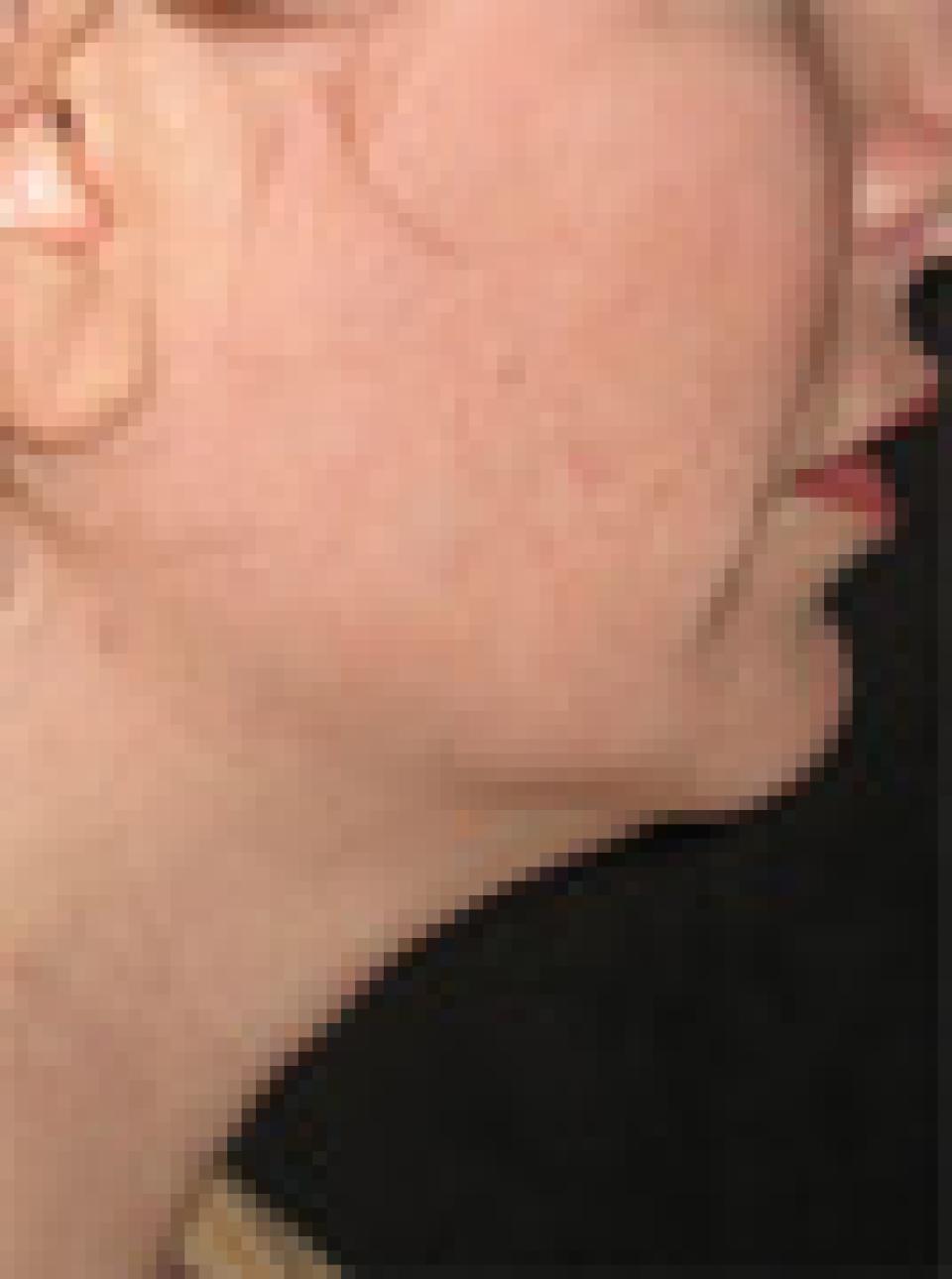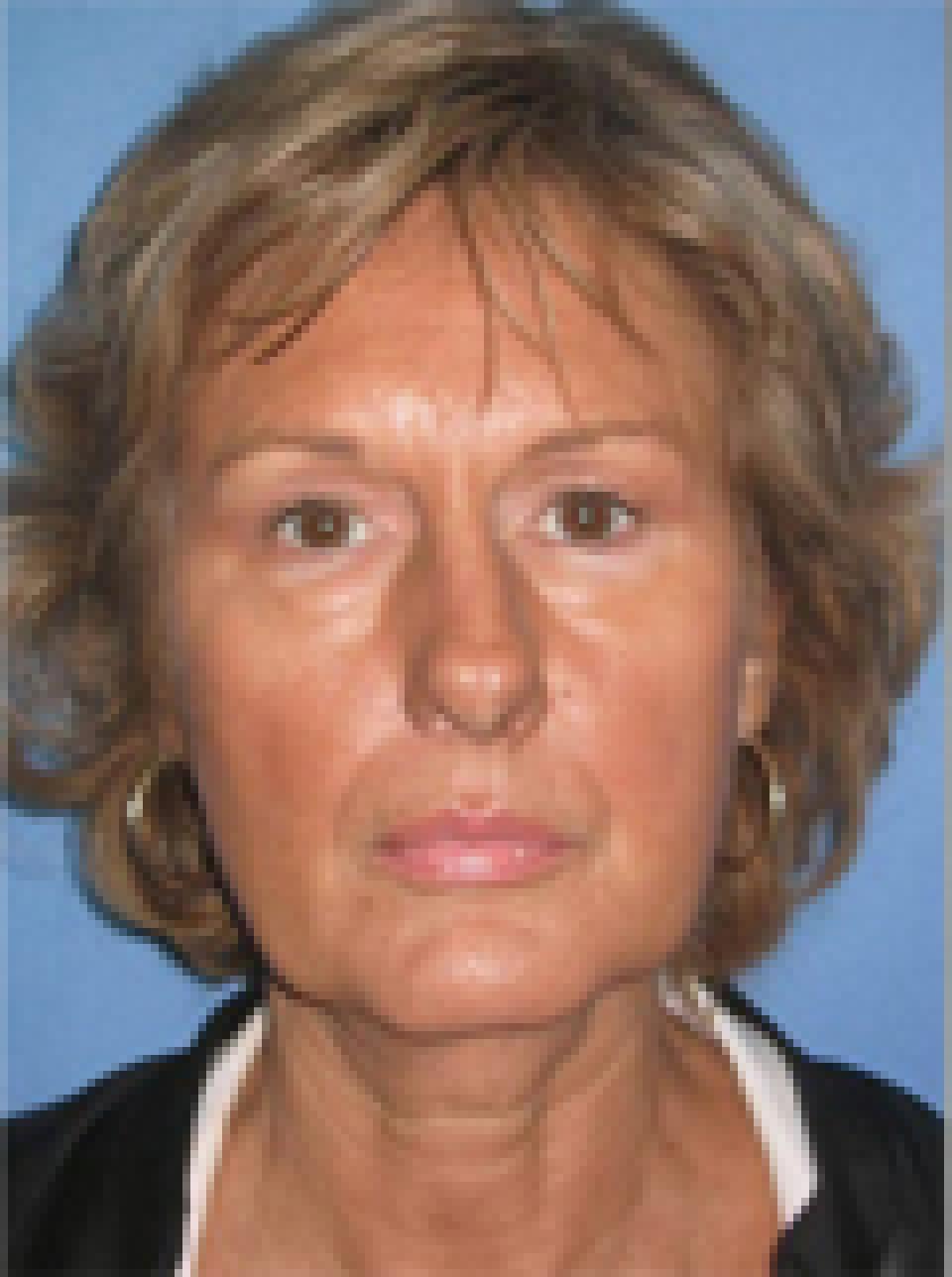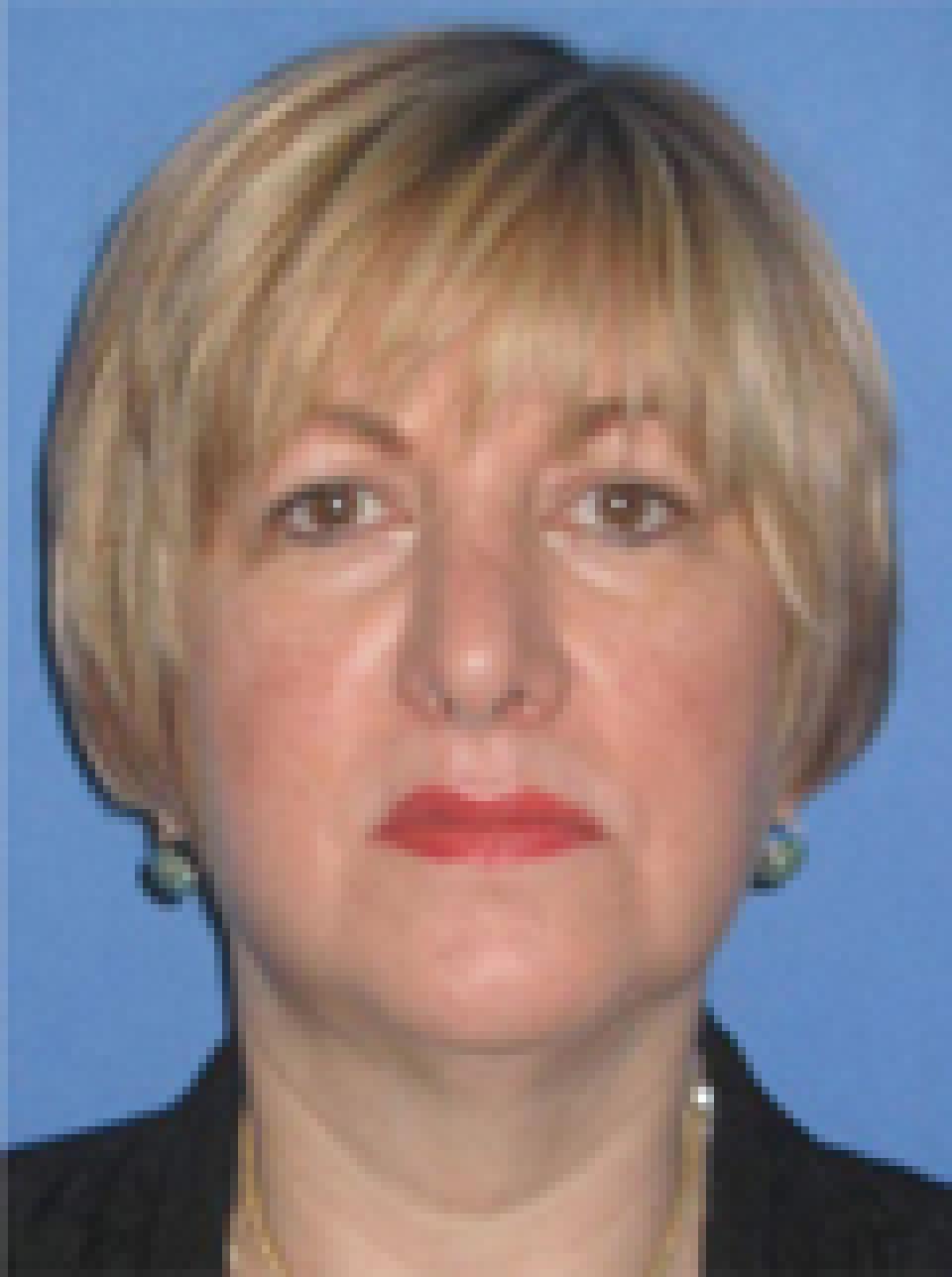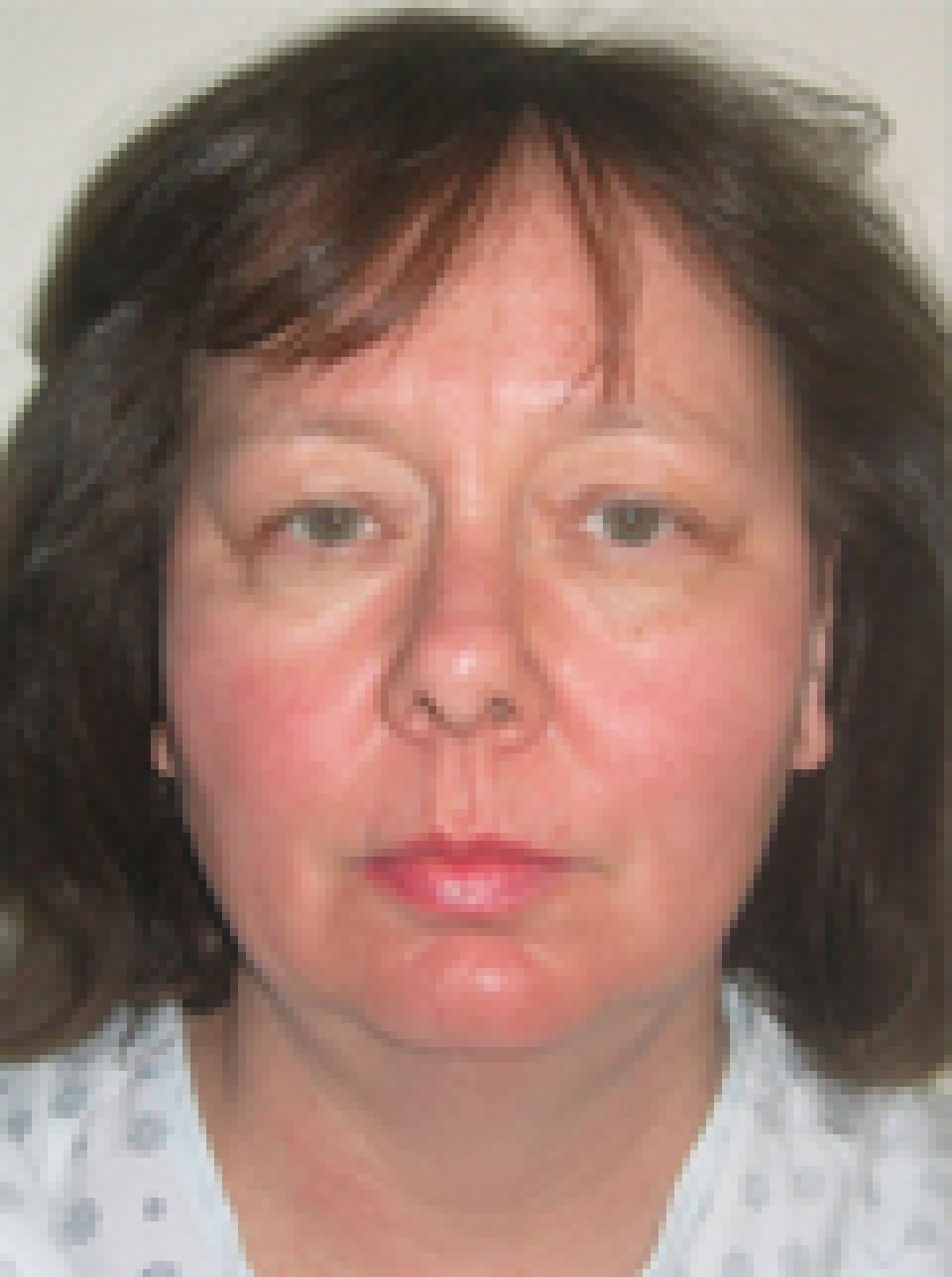Jowls
In origin “jowls” is as a word related to Middle English chauel (jaw), and cholle (meaning neck from which the word “collar” is derived). But cholle was also used to indicate the “head” so the derivative “jowl” has different meanings when applied to different beasts and circumstances – it can mean the head of a fish, the “dewlap” fold at the center of a cow’s neck, and in humans it is generally applied to a fold of skin hanging at the side, and below the level, of the lower jaw (mandible).
The general shape of the face is determined by the underlying skeletal structure – the bones. Overlying the bone is a sheet of muscle, which although the anatomists think of the many individual muscles that comprise this sheet, the surgeon thinks of as the “superficial muscle aponeurotic system,” more conveniently shortened to SMAS.
Superficial to the SMAS is a layer of fibro-fatty tissue which separates it from the skin. All of this can be verified by holding the cheek between the thumb in the mouth and the fingers outside it; if the muscle of the cheek (buccinator) is contracted, the skin can still be readily moved over it. It is a loose attachment of the skin by collagenous fibers to the underlying muscle fascia that keeps it in place although permitting it to be stretched and slightly displaced. There are persons born with abnormal defects in their collagen, and in such unfortunates it is possible to pick up the skin of the face in a fold and draw it away from the skull.
As one ages, the collagenous tissue becomes thinned and weakened. If one never stood erect, the skin would remain in place, as it does in ageing persons who are paralysed. But for those fortunate enough not to be paralysed, gravity acts on the skin drawing it downwards – take one of those death defying rides or loop the loop and you feel the skin on your face pulled out of place by the forces of gravity. It is all the more likely to sag below the level of the jaw (that is, form jowls) in persons with damaged collagen due to excess exposure to ultra-violet light, natural or artificial, and in those with heavy pads of fatty tissue in the face.
 before
before
 after
after
This case depicts a 52 year old woman who underwent an upper eyelid lift and a short scar face lift.
Her post-operative photographs depict her appearance at approximately four months after surgery.
Although a short scar face lift does not require any incisions beneath the ears, it can have a profound effect on the jowls and the skin and fat beneath the chin.
 before
before
 after
after
This case depicts a 47 year old woman who wished to improve the appearance of her neck and jawline.
Because I felt that her skin elasticity (i.e., the ability of the skin to "snap back") was excellent for her age, I performed ultrasound assisted liposuction to the neck and jowl region without a face lift. Her post-operative photographs show her at approximately two and a half months after surgery.
Ultrasound assisted liposuction can be utilized to address the cheek and jowl region as well as the neck.
Individuals who are candidates should have good skin elasticity and an excess of fat without a significant excess of skin. Typically, individuals who are good candidates for this procedure are in their twenties and thirties and sometimes their early forties. Once an individual is over the age of 45, it is rare that they do not look much better with at least a short scar face lift to address sagging skin and jowls.
 before
before
 after
after
This case depicts a 60 year old woman who wished to undergo facial rejuvenation. She underwent an endoscopic brow lift, upper and lower eyelid lift and a short scar face lift with liposuction of the upper neck. Her post-operative photographs show her at approximately three and one half months after surgery.
Because the brows frame the eyes, a brow lift is as important for rejuvenating the appearance of the eyes as an eyelid lift in certain individuals. The two combined can achieve a result that neither alone is able to obtain.
 before
before
 after
after
The following photographs depict a 59 year old woman who wished to undergo facial rejuvenation to achieve a brighter and less tired appearance. She underwent a short scar face lift, involving no incisions behind the ears, liposuction of the neck and an upper eyelid lift.
The post-operative photographs depict her approximately 15 months after her surgery. New techniques in plastic surgery have made more individuals candidates for procedures involving shorter incisions. Although the incisions are shorter, the results are comparable to the traditional techniques which involved longer scars.
 before
before
 after
after
This case depicts a 59 year old woman who wanted to achieve a more youthful appearance. She was specifically concerned with her jowls and the fullness beneath her neck. She underwent an upper eyelid lift, a lower eyelid lift, a short scar face lift and ultrasound assisted liposuction of her neck and jowls.
The pictures show her approximately six months after surgery. The lower eyelid lift performed in this case did not involve removal of the fat that normally resides in the lower eyelid.
Instead, the fat was repositioned to fill in the hollows of the lower eyelids, making the transition from the lower eyelid to the cheek smoother and more aesthetically attractive.
 before
before
 after
after
This case depicts a 58 year old woman who wished to achieve a more youthful facial appearance.She underwent upper and lower eyelid lifts and a short scar face lift which addressed the skin and fat beneath the chin, the jowls and elevated the midface.
Her post-operative photographs depict her appearance at approximately nine months after surgery.
I try to perform a "mid-face lift" or "cheek lift" as a routine part of a short scar facial rejuvenation procedure. In individuals who have full cheeks that have descended over time, this portion of the procedure complements an aggressive correction of the jowls.